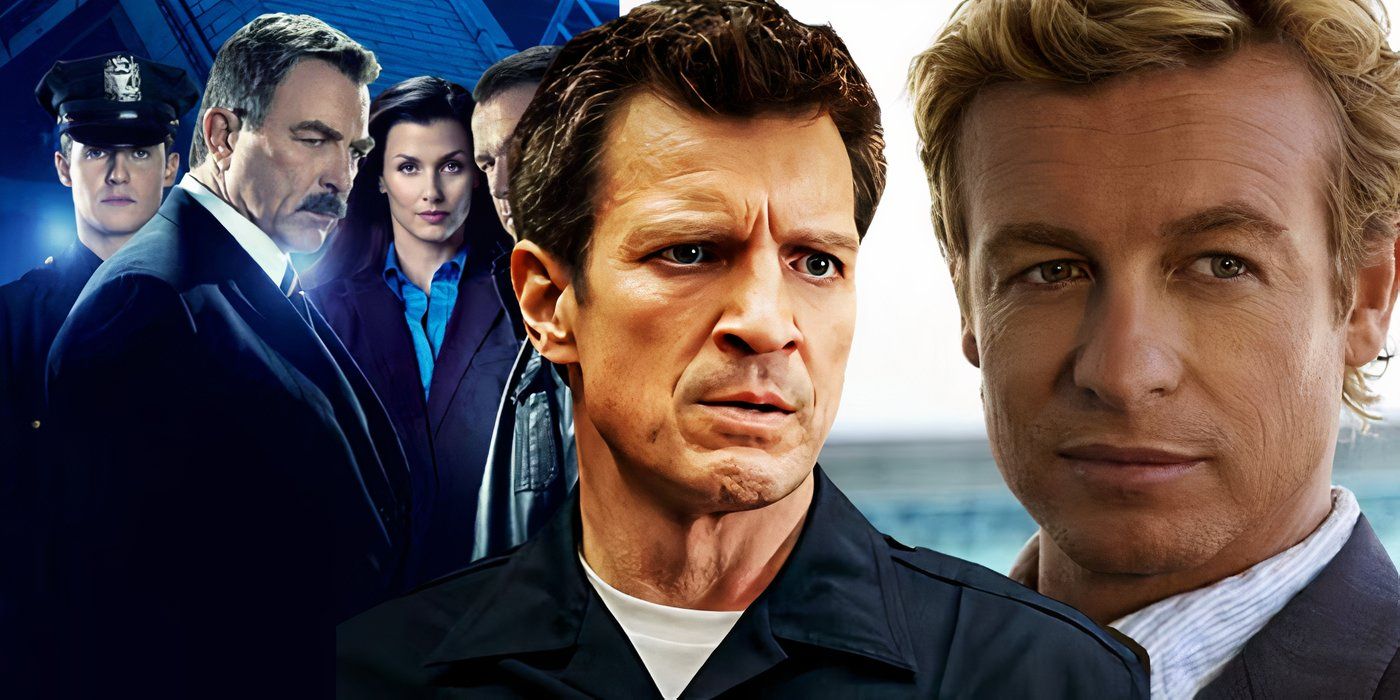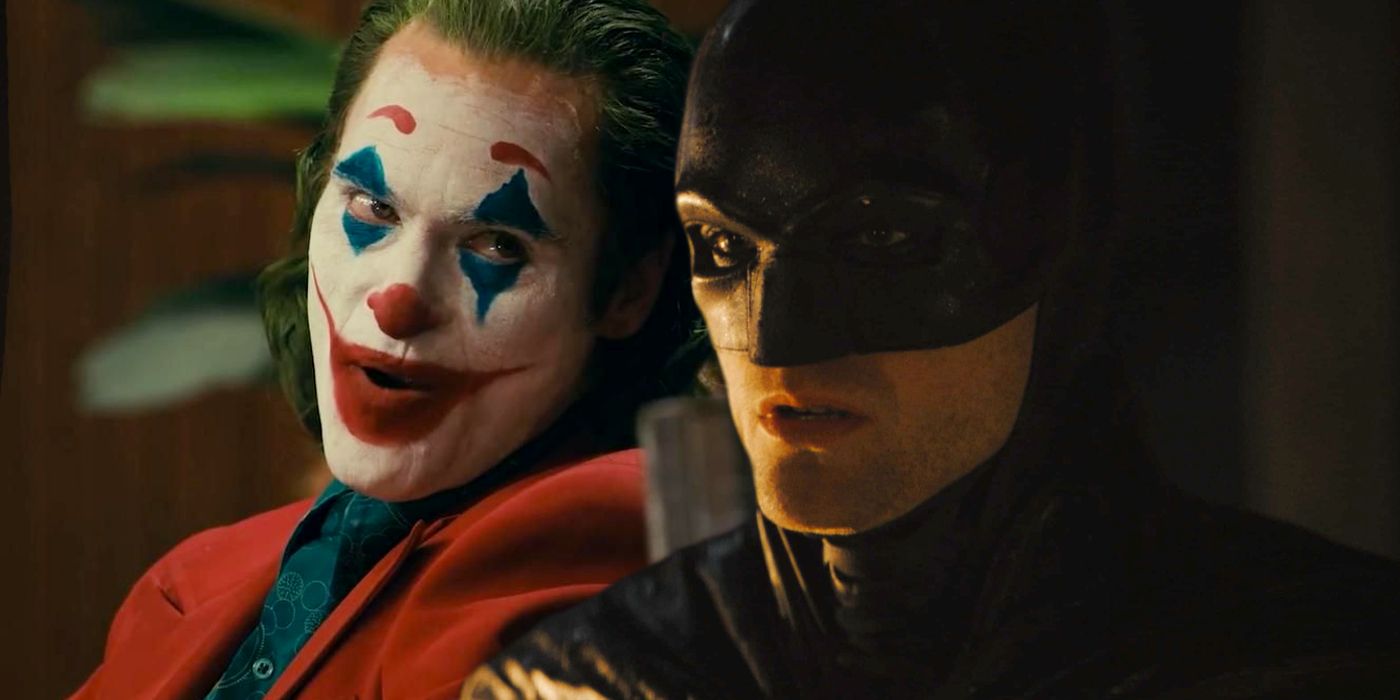When night falls in the Australian Outback, the hunt begins.
The prey: kangaroos roaming – hopping – in the wild. Rifle shots ring out, killing them by the millions, including hundreds of thousands of female roos, some with tiny joeys in their pouches. This is the stark reality explored in the Oscar-shortlisted documentary Chasing Roo, directed by two-time Oscar nominee Skye Fitzgerald (Hunger Ward, Lifeboat).
“I wanted to do something about this ascendancy that we assume over animals, writ large,” Fitzgerald tells Deadline. “I thought, what better way to do it than through the lens of this lovable animal, the kangaroo, the national symbol of Australia. And when I learned that the culling of kangaroos in Australia is the largest commercial killing of a land-based animal in the world, I thought this is the way, this is how I want to tell this story.”
The film begins with a scene in the interior of a darkened truck, where lifeless kangaroos hang from hooks.
“That shot was from where they load the roos in at the end of a hunt, and then they’re stored in that refrigerated box for up to a week before another truck comes around to collect them and bring them to the abattoir where they’re processed,” Fitzgerald explains. “That’s a weekly event where that truck comes around. We witnessed a number of those times — the transferring of the carcasses from that refrigerator box to the truck. And it’s sobering.”

Kangaroo meat is processed into pet food, and the animals’ hides are turned into leather goods – jackets, purses, hats, gloves, and even soccer cleats. The meat is also consumed by humans, packaged in grocery stores as steaks, in minced form like ground beef, and as sausages – known as “kanga bangas.”
“When you see the commercialization of a body, that distance between that package of protein in the supermarket and where it came from is completely evaporated, and it makes you think on a fundamental level about what you’re doing to another creature on this planet,” the director observes. “I mean, what gives us the right to eat another creature’s body? We have these hands and this brain, I guess, but I wanted in the film, not explicitly, but to sort of implicitly question and confront that.”

Fitzgerald has been a vegetarian for various stretches in his life. But he doesn’t approach his subject from a doctrinaire perspective.
“One of my intents with the film was to try to create a story that created empathy for both the hunted as well as the hunters,” he says. “I felt like it was really important to not immediately just demonize and tell the audience how to feel about this because it’s far more complex than that.”

The film spends time with caregivers at Western QLD Wildlife Rehabilitation who rescue orphaned joeys, wallabies and other creatures. But it also follows a father and his teenage son – David “Cujo” Coulton and Darby Coulton – who hunt kangaroos and feral pigs in the vicinity of tiny Aramac, Queensland, a dusty outpost of about 200 people where there are few ways to make a living.
“One of my intents was to sort of embrace the cognitive dissonance involved in the kangaroo harvest,” Fitzgerald says. “Cujo, the primary shooter with his son Darby, he worships the kangaroo — he said this multiple times. He has a tattoo of a kangaroo on his torso, and he says really clearly that this is the animal which has allowed him to raise his family and that he loves them. And yet at the same time, he kills hundreds of them every year.”
Fitzgerald adds, “These competing realities of economically downtrodden communities that rely on the kangaroo harvest to make a living are in coexistence with these carer communities… that raise the juveniles that are orphaned. They’re both equally true and authentic. I wanted that cognitive dissonance to be at play in the film rather than provide an easy out or an answer for the audience.”

The Australian Government Department of Climate Change, Energy, the Environment and Water in 2024 estimated the kangaroo population in five of Australia’s six states at 35.3 million. It authorized a cull of almost 5 million roos, or 14 percent of the population. The government calls that hunting figure “sustainable,” but whether that’s an accurate assessment or a sop to ranching interests remains a matter of dispute.
“The government’s in a tough spot. The grazers — those who own most of the land and raise the sheep and cows — have a pretty strong set of rhetoric, and they use terms like ‘Roos are in plague proportions,’ that’s a phrase you hear a lot,” Fitzgerald notes. “The grazers have so much political power that they’ve convinced the government that the roos are in plague proportions because they don’t want the roos to compete for grass, grazeland and water with their sheep and cattle, which aren’t even indigenous animals, because they’re much more profitable, the cattle and sheep. So, they’ve built up this set of rhetoric over a long period of time, which has sort of been canonized now in the political speak. That’s really what’s at play here.”
The ethical question of whether it’s proper to kill so many kangaroos extends beyond Australia to countries that import kangaroo products, including the United States. In 2021, the U.S. Congress voted down the Kangaroo Protection Act, which would have banned the sale and importation of such products (California has banned those imports since 1971).

Meanwhile, the culling continues, with a discernible impact on kangaroos. The film notes the remaining roo population is shrinking – not in numbers necessarily, but in size of individual animals. There’s a simple explanation why, Fitzgerald says: hunters train their gunsights on the largest roos; the bigger the roo, the more money it will yield at harvest.
“As they kill off the alpha males,” the filmmaker says, “it’s actually changing the gene pool so that as the alpha males are killed, it’s the juveniles who are reproducing, which is making smaller sizes for the kangaroos.”
Fitzgerald shot footage in slaughterhouses where kangaroos are processed but ultimately chose to leave that out of the documentary. Still, there are plenty of bracing images in Chasing Roo.
“Instead of intellectualizing the issue,” he says his purpose was to “bring the viewer into this world that’s so hard to access… I wanted to do it in a way where it sort of hit you in the gut where you bear witness, literally, to how we as human beings treat animals.”









 English (US) ·
English (US) ·